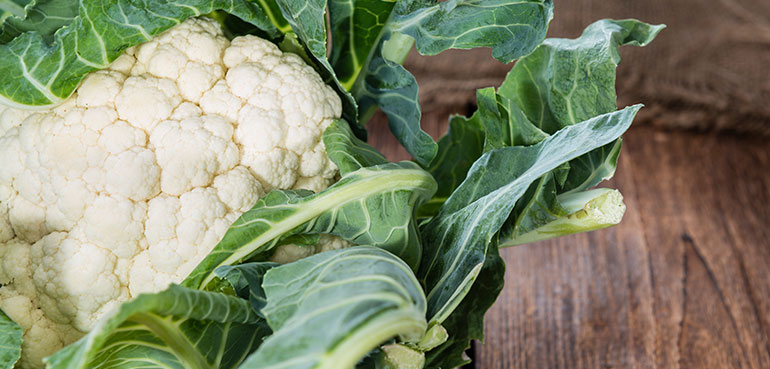Last time I checked, white isn’t in the rainbow, but that doesn’t mean you should ignore the white-colored fruits and vegetables!
According to the White Vegetables: A Forgotten Source of Nutrients, a scientific roundtable conducted at Purdue University, there is no specific subgroup for these fruits and veggies – they are lumped in a non-category called “other vegetables.” And who would want to eat those?
The executive summary argues that emphasizing color as a gauge for a food’s nutrient content may mislead consumers. Nutrients of concern outlined in the 2010 Dietary Guidelines for Healthy Americans (DGHA), such as dietary fiber and potassium, cannot be detected by a fruit’s or vegetable’s hue. The article also suggests that not officially categorizing white vegetables may be contributing to the low intakes of important micronutrients. In fact, there are no recommendations for increasing consumption of white fruits and vegetables in the 2010 DGHA.
White fruits and vegetables can be high in or good sources of essential vitamins and minerals. Let’s take a look at some examples:
ShopWell is a free website and iPhone app that scores foods on how well they meet your unique needs. With easy-to-understand nutrition information and personalized food scores, ShopWell gives you easy tools to find better products for you and your family. We take the work out of reading nutrition labels so that you can focus on buying what you want as quickly as possible. We help you shop smarter so that you can eat better. Website

